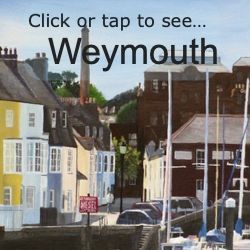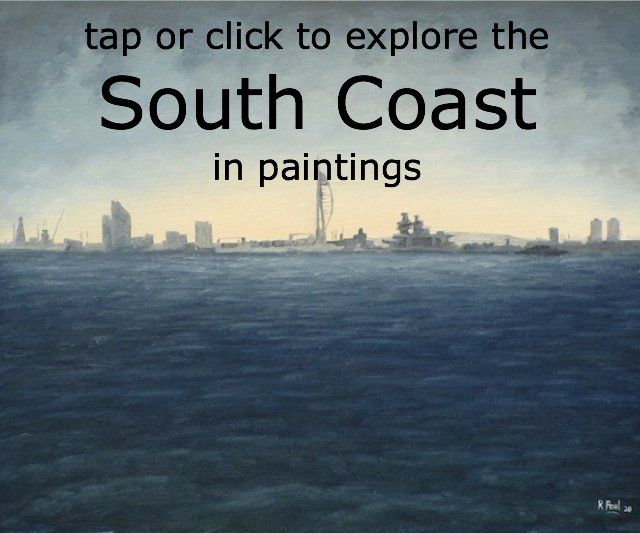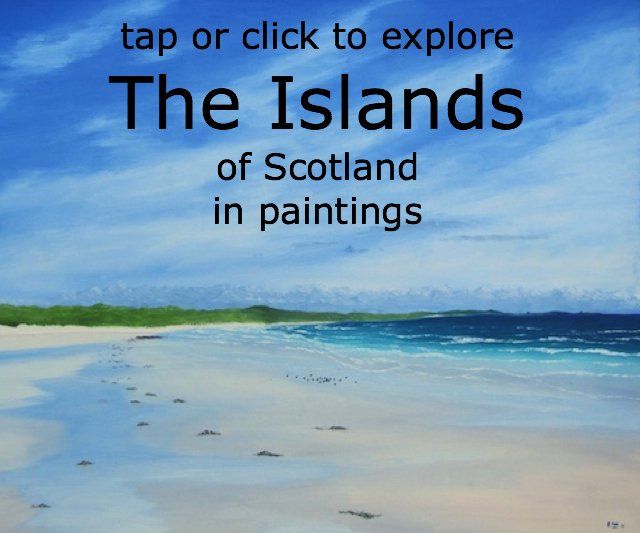South West
Have a place in mind? Tap or click the image to see there or scroll for more places...

... buy the print from Redbubble.com


... buy the print from Redbubble.com




... buy the print from Redbubble.com
This virtual tour comes to an end now, but you can see further along the coast with my South Coast virtual tour. Or tap or click below to explore another area in paintings...















